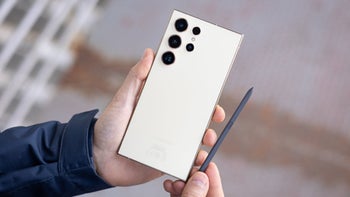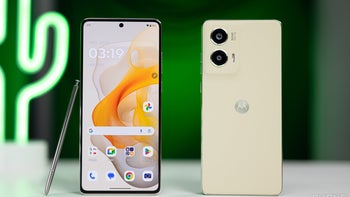Snapdragon 810 didn't overheat on any commercial device says Qualcomm's marketing chief

Qualcomm’s VP of marketing, Tim McDonough, says that the Snapdragon 810 never had a heating problem. Speaking with business magazine Forbes, the executive said that all of the rumors about the chipset running hot were "rubbish." McDonough did admit that early versions of the HTC One M9 and the LG G Flex 2 did overheat, but those were devices being tested and were not for commercial release.
McDonough pointed out that pre-release products are built to find bugs. He said, "Pre-released hardware doesn’t act like commercial hardware, it’s just part of the development process." His theory is that someone took the test results and leaked the information to what he calls "less sophisticated news outlets" in order to spread a story. He hints that in order to find out who was responsible for spreading the rumor, you have to ask yourself who benefits from this news. And while the overheating rumors conveniently opened the door for Samsung to use its home grown Exynos 7420 on the entire production run of the Samsung Galaxy S6 and Samsung Galaxy S6 edge, the marketing executive refuses to play "Clue." He did say that for both the Samsung Galaxy S5 and Samsung Galaxy S4, Samsung used mostly Qualcomm chips.
Qualcomm has high hopes for the Snapdragon 820, which will launch later this year. The chip includes a computing platform called Zeroth which will know if the phone user is inside or outside and whether it is day or night. This way, it can manually adjust the phone's camera to take the best photograph. It also will be able to index pictures by keywords thanks to its ability to recognize images.
Qualcomm plans on releasing an SDK for Zeroth to give developers an opportunity to do something with it. It's all part of Qualcomm's strategy to win back any business it might have lost because of the issues that surrounded the Snapdragon 810, whether they were deserved or not. Meanwhile, the Snapdragon 810 continues to power the HTC One M9, the LG G Flex 2 and the Xiaomi Mi Note Pro. The latter, which consumers in China can pre-order starting today, is the most ambitiously spec'd phone from the manufacturer.
source: Forbes
Qualcomm isn't totally shut out from participation in the success of the Galaxy S6 and Galaxy S6 edge. McDonough points out that there is a "significant modem business for us there." He also reiterated that LG's decision to use the Snapdragon 808 instead of the Snapdragon 810 was made a good 18 months before the phone launched, well before the Snapdragon 810 overheating talk started.
"The rumours are rubbish, there was not an overheating problem with the Snapdragon 810 in commercial devices. If that’s true, which we’re saying it is, why was there so much rumour? Why was someone spreading false information about the 810? Our point of view is that those rumours happened with the LG G Flex 2 and Qualcomm 810 being first to market with the premium-tier application processor. Then somebody decided to put out some false rumours about that, which is unfortunate but sometimes that’s how business is done. That has forced us to spend a lot of time addressing the false rumours."-Tim McDonough, vice president of marketing, Qualcomm
Qualcomm has high hopes for the Snapdragon 820, which will launch later this year. The chip includes a computing platform called Zeroth which will know if the phone user is inside or outside and whether it is day or night. This way, it can manually adjust the phone's camera to take the best photograph. It also will be able to index pictures by keywords thanks to its ability to recognize images.
source: Forbes

![T-Mobile is phasing out plans with included taxes and fees starting tomorrow [UPDATED]](https://m-cdn.phonearena.com/images/article/169988-wide-two_500/T-Mobile-is-phasing-out-plans-with-included-taxes-and-fees-starting-tomorrow-UPDATED.jpg)








Things that are NOT allowed: